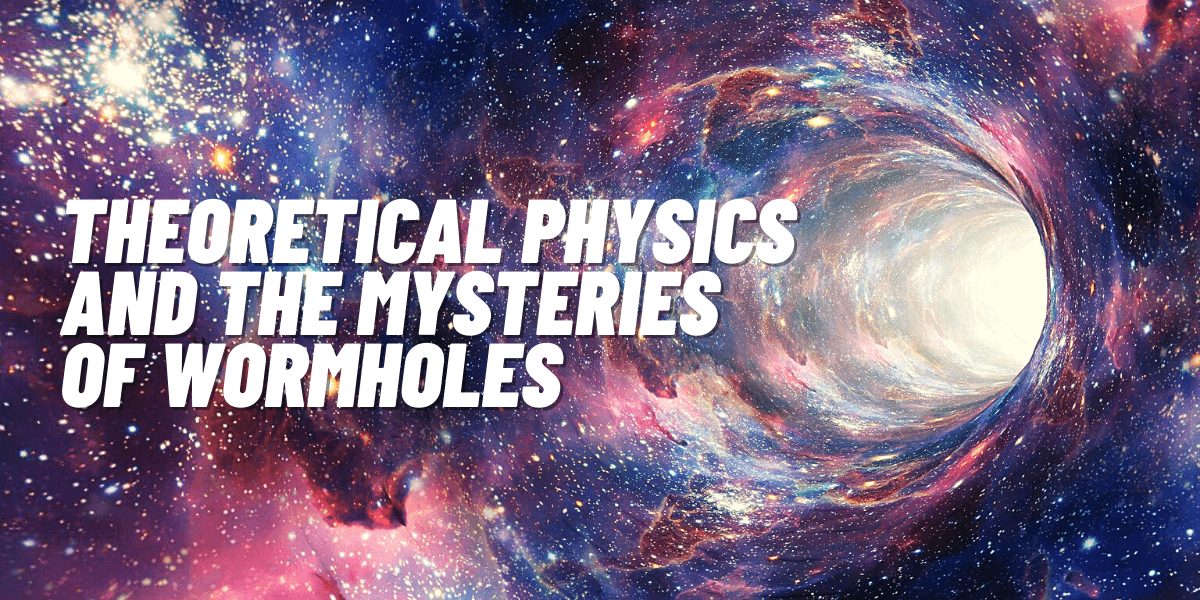Wormholes have been a topic of fascination for both scientists and science fiction enthusiasts for decades. They are the stuff of dreams, offering a potential shortcut through space and time, but are they more than just theoretical constructs?
To answer that question, we need to delve into the realm of theoretical physics, where the strange and seemingly impossible become possibilities. In theory, wormholes are shortcuts through space-time, connecting two distant points in the universe. They are often referred to as Einstein-Rosen bridges, named after the scientists who first proposed their existence.
Theoretical Physics and the Mysteries of Wormholes
According to the theory of general relativity, wormholes could exist as a solution to Einstein’s field equations, but only if certain exotic forms of matter with negative energy density exist. Such matter has not been observed in nature, leading many to believe that wormholes may be nothing more than mathematical constructs.
But despite their theoretical nature, wormholes continue to capture the imaginations of both scientists and science fiction writers alike. The possibility of using them for interstellar travel or communication remains a tantalizing prospect.
However, even if we were able to create stable wormholes and travel through them, the potential dangers and consequences are still unknown. The existence of a wormhole could disrupt the fabric of space-time, leading to unpredictable and potentially catastrophic results.
The study of wormholes is still in its infancy, and much research is needed before we can truly understand their nature and potential. But even in their theoretical state, wormholes continue to push the boundaries of our understanding of the universe and the laws of physics.
Wormholes are a hypothetical concept in physics that suggest the existence of shortcuts through space-time, allowing for faster-than-light travel and communication. They are also known as Einstein-Rosen bridges, named after the physicists Albert Einstein and Nathan Rosen who first proposed their existence in 1935.
In theory, a wormhole would be a tunnel-like structure connecting two points in space-time. Traveling through a wormhole would allow an object or person to bypass the normal space-time route and travel a much shorter distance. It is believed that wormholes could potentially allow for interstellar travel, as they could greatly reduce the travel time between distant points in space.
However, wormholes are purely theoretical at this point, and there is no direct observational evidence for their existence. While their existence is consistent with the laws of physics as we understand them, they require exotic forms of matter with negative energy density, which have not been observed in nature. Furthermore, the stability of wormholes is also a matter of debate, as they are thought to be inherently unstable and could collapse or become unusable.
Overall, while wormholes are an intriguing concept in theoretical physics and science fiction, their existence and practicality for interstellar travel are still very much up for debate and study.
In conclusion, wormholes remain a fascinating and mysterious topic in theoretical physics, with the potential to revolutionize our understanding of space and time. While their existence is still uncertain, the study of wormholes continues to be a fruitful area of research and inquiry for scientists and science fiction writers alike.
Also Read: https://techurbane.com/physicists-created-a-holographic-wormhole-in-a-quantum-computer/




